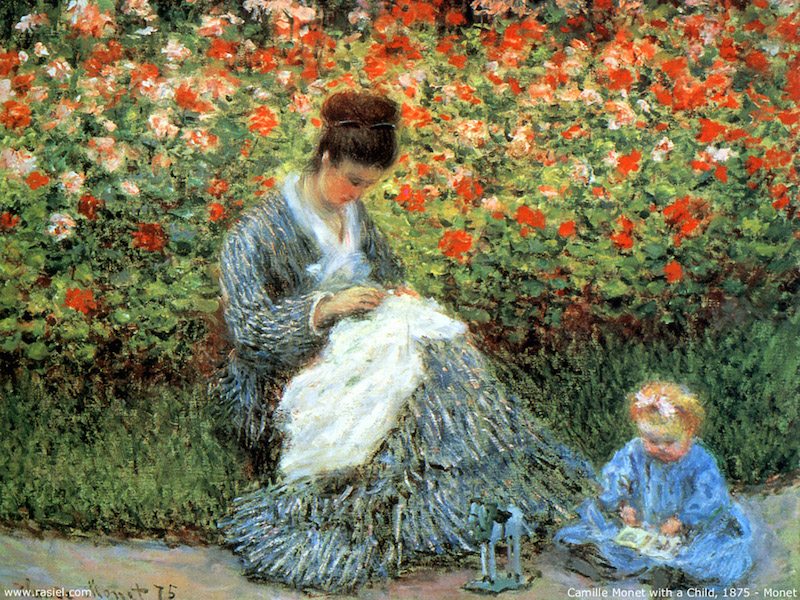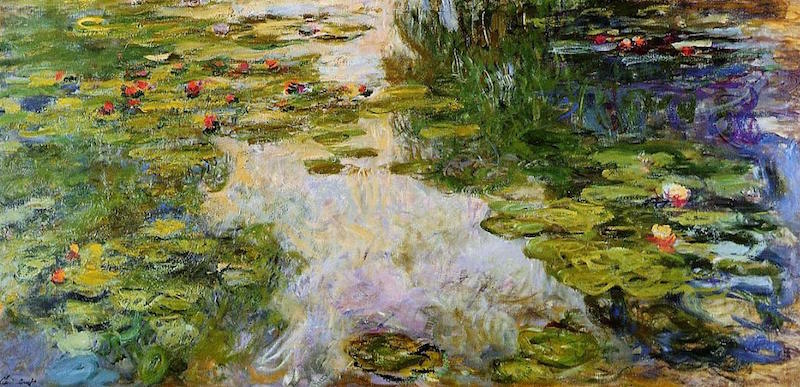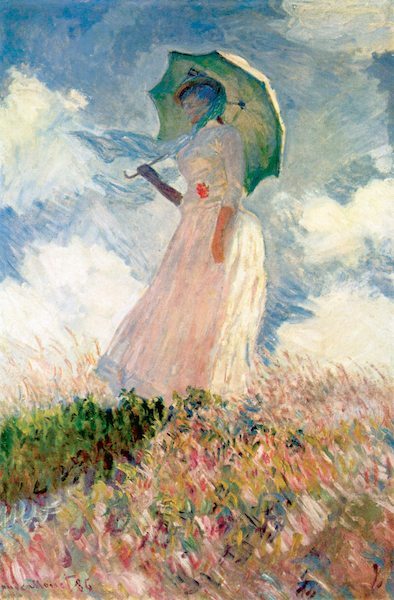Claude Monet
Episode #2 of the course “Impressionist artists who changed the art world”
In 1874, the term “Impressionism” was coined after one of Claude Monet’s paintings (named Impression: Sunrise) at the first exhibition of a group of artists whose work had been rejected from the Paris Salon. The most prominent Impressionist painter, Monet changed the art world with his visionary perspective and interplay of light and color. Attempting to show the movement and momentary nature of light, Monet was known to paint the same outdoor scene at different times of day. Not only did Monet’s style change the way artists approached painting, but it changed the way people thought about art.
 Impression: Sunrise
Impression: Sunrise
Born in 1840, Monet began studying painting by age 12, stopping only in 1861 to serve briefly in the military. After returning to Paris, he continued submitting works to the Paris Salon, but he was rejected. He married one of his models, Camille, in 1870, and the two traveled abroad during the Franco-Prussian War. He made a meager living from his paintings, and when the couple returned to Paris, they continued to struggle. In 1874, Monet and other artists rejected from the Salon exhibited independently in a display now widely regarded as the birth of Impressionism.
 Camille Monet and a Child in the Artist’s Garden in Argenteuil
Camille Monet and a Child in the Artist’s Garden in Argenteuil
 Waterlilies
Waterlilies
Claude Monet is known for a number of paintings, including the Waterlilies series painted in his garden—the flowers were some of his favorite subjects. He often also painted Camille, who appears in Woman with a Parasol, among others. Monet’s outdoor scenes include seascapes, maritime images, bridges, and many flowers and trees; his technique of capturing lighting during different times of day was unique and inspiring.
 Woman with a Parasol
Woman with a Parasol
As his career progressed, Monet continued to experiment with the effects of light and shadow on color and moved into a more expressionist style. His color use began to take on emotional aspects, representing emotional tones as much as what he saw when painting. He lived until 1926, celebrated and considered by many as the father of modern art.
Quotes
“It seems to me, when I see nature, that I see it ready made, completely written — but then, try to do it!”
“Everyone discusses my art and pretends to understand, as if it were necessary to understand, when it is simply necessary to love.”
“I am absolutely sickened with and demoralized by this life, I’ve been leading for so long. When you get to my age, there is nothing more to look forward to.”
“I perhaps owe having become a painter to flowers.”
“I climb up, go down again, then climb up once more; between all my studies, as a relaxation I explore every footpath, always curious to see something new.”
All artworks
Recommended book
“Monet or The Triumph of Impressionism” by Daniel Wildenstein
Share with friends

